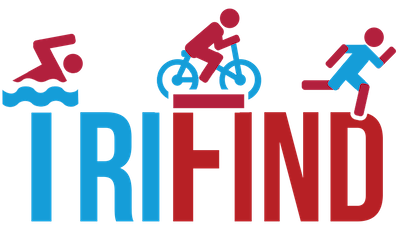How to compare race performance across distances and courses
Triathlon Analysis: How to compare performances across multiple sports, distances, races, and course types
-
I just got back from Ironman 70.3 World Championships in Las Vegas, where it was 104 degrees, about 20 degrees hotter than last year on race day. It was so hot that super-elite athletes were walking up minor hills. The 20 degree temperature change from last year was producing super slow times. Most athletes I was following who raced both last year and this year were about 30 minutes slower this year than last. This reminded me that I wanted to write up how to properly track your performance over time, and how NOT to use Race time to do this!
Here are the key questions I want to answer:
How do you compare one race performance to another?
How do you know if you just had a good race?
How do you figure out what your targets should be for a future race?
How not to do it:
Most people simply look at their clock times, and say, I just did a x:xx, thats fast for me
or wow, Im upset that my time of y:yy was so slow.
This is a really bad way to analyze your triathlon performance, for a number of reasons:
Some courses are fast, some slow
Some courses are known to be too short (cough cough, quell challenge germany, cough cough)
Even on the same course, conditions change from year to year (winds, temperatures)
This method makes it basically impossible to compare performances at different distances- is a 12 hour ironman faster or slower than a 5:30 half ironman?
It also makes it impossible to compare one sport to another- is your 0:37 swim faster or slower than your 1:51 half iron run?
The solution:
You should look at your performance, as a % of your age group, for each leg and each race separately.
By tracking your performance within your age group, you can see which sports you are best at
You can also see which legs and which races were your strongest and weakest, regardless of whether it was hilly, flat, hot or windy
You can see which types of courses are strongest for you competitively
For every athlete I coach I keep a google spreadsheet tracking every race performance. I track the following variables for each leg of each race: Split time (ie swim was 38 minutes), largely useless
Split pace (ie 17mph on bike), mostly useless
% of age group within that leg- (ie athlete was was 11th out 100 athletes, or 11% of the way back in that leg) HUGELY USEFUL
A few examples (taken from my personal performances)
I chose to race beach2battleship full a few years ago (where I won my age group! woop woop! went around 9:30. my full ironman PR) a choice based on the fact that on flat bike courses I can bike in the top 5% of my age group, but on really hilly courses I bike in the 20-40% range. Of course everyone is slower on hilly bike courses, but this analysis showed me that not only was a I slower, I was competitively weaker on hilly courses as well.
I raced in the Florida Ironman 70.3 a few years ago, and was at first really disappointed in my 39 minute swim. But then I looked at it correctly, and saw that i was 34% in my age group (still not great, but a lot better than a few of the 40-50% results I had had that year). So while the swim appeared slow, it was actually one of my faster swims that year.
My Austin 70.3 run a few years ago was a 1:51. Again, not impressive at first, but that was actually top 15% in my age group- a very hilly, hot course! This was competitively faster than a 1:43 run I did at oceanside (CA 70.3) a few years prior, on a much flatter course.
Come check us out at www.t1tri.com and at www.facebook.com/t1tri <--"Like" us to receive our free "Triathlon Tip of the Day"


